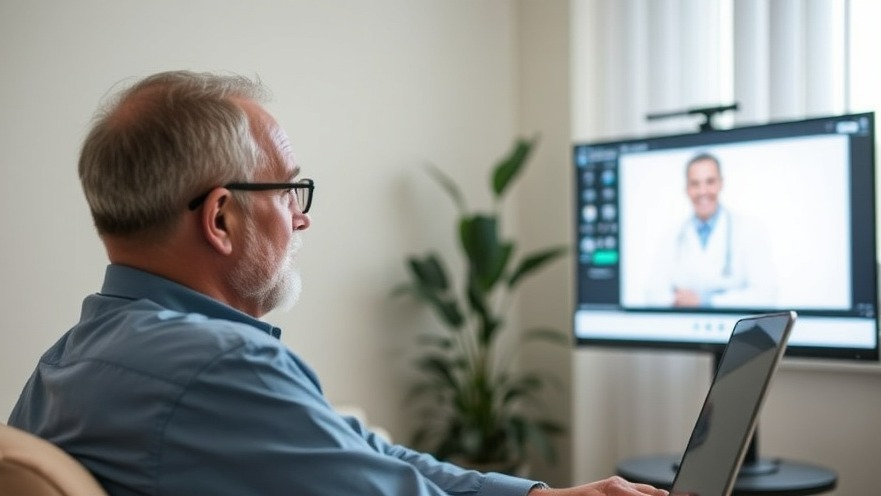
Understanding Remote Therapeutic Monitoring in Musculoskeletal Care
The rise of telehealth has transformed the landscape of medical care, particularly in managing musculoskeletal conditions through Remote Therapeutic Monitoring (RTM). According to Caroline Pearson, executive director of the Peterson Center on Healthcare, RTM has emerged as an essential tool, providing patients with a comprehensive approach to physical therapy that can be conducted from the comfort of their homes. This innovation aligns with the growing trend of virtual medical care, expected to encompass 30% of all U.S. medical services by 2026.
Financial Implications for Concierge Practices
Concierge medical practices, focused on personalized patient care, can greatly benefit from employing remote monitoring strategies. Understanding the financial implications of RTM is crucial. Reimbursement frameworks are evolving; practices that leverage RTM could enhance not only patient outcomes but also their financial viability. By securing efficient use of RTM technologies, they can reduce costs associated with in-person visits while maintaining high-quality care standards.
Unlocking the Benefits of Remote Monitoring
The advantages of RTM extend beyond convenience. For patients undergoing rehabilitation for musculoskeletal conditions, real-time monitoring results in improved adherence to treatment regimens. Furthermore, providers can offer tailored interventions based on data collected through monitoring tools. This fosters better patient engagement and ensures timely adjustments to therapy, which can lead to more favorable health outcomes.
Addressing Concerns and Maximizing Opportunities
While the benefits are substantial, it is important to acknowledge potential challenges. Compliance with regulations and securing appropriate reimbursement may pose hurdles for practices integrating RTM. However, staying informed on legislative shifts and reimbursement models can grant practices an upper hand. The recent interest in prior authorization reform underscores the evolving nature of healthcare policymaking that could benefit telehealth initiatives.
Future Directions in Remote Care
The landscape of telehealth will likely evolve further, intertwining technology with patient care in innovative ways. Emerging artificial intelligence applications and data analytics may enhance RTM, offering even more personalized care solutions for patients with musculoskeletal issues. Practices should stay proactive in exploring these technologies to remain competitive and provide the best patient outcomes possible.
Taking Action in Your Practice
For concierge practice owners eager to remain at the forefront of medical innovation, it’s essential to understand how these remote monitoring strategies can be integrated into their service offerings. Conducting a thorough assessment of your practice's capabilities and potential patient needs is a crucial step. Training staff on the use of new technologies, securing necessary technologies, and establishing workflows for remote monitoring will be essential in successful integration.
 Add Row
Add Row  Add
Add 




Write A Comment